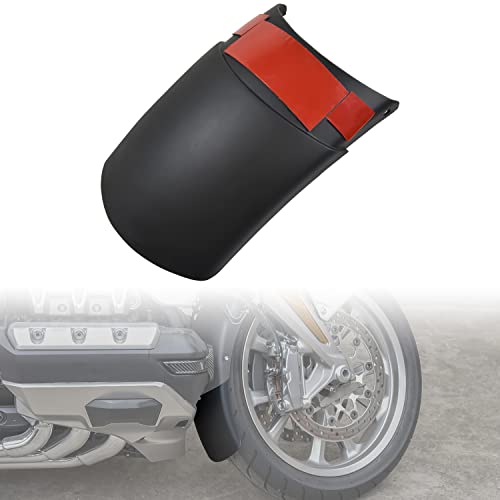Starting a new thread to hopefully consolidate a lot of information on the Computerized Fuel Injection (CFI) system on these motorcycles, and to demystify the CFI system. Once you are past the CFI system, these motorcycles are similar to its carb model cousins.
Not a lot of information about these except in the OEM Supplement manual that is probably all you will need. The inference here is that if you are going to own one of these FI model Gold Wings, you need the OEM Supplement manual. Without it you will ask a lot of questions and get a lot of opinion.
The information in the Supplement is good but there are idiosyncrasies that are not mentioned in this manual.
There are components and calibration procedures that are not specifically detailed. Will list alternate components in this thread.
There are many posts on why these FI models should be avoided or not such as parts availability, knowledge base, and such. I read a lot of threads/posts regarding the carb models and there is a lot of opinion about these as well.
I have a vested interest in this as I intend to keep my '85 Limited Edition for the long term, my long term retirement project. Having made a couple of "oops" in the past that I have had to correct has made me browse the internet for information.
I will put my thoughts together and post them here. Consolidate what I have posted elsewhere.
Hopefully the information in this thread will assist others that own one of these FI motorcycles.
Not a lot of information about these except in the OEM Supplement manual that is probably all you will need. The inference here is that if you are going to own one of these FI model Gold Wings, you need the OEM Supplement manual. Without it you will ask a lot of questions and get a lot of opinion.
The information in the Supplement is good but there are idiosyncrasies that are not mentioned in this manual.
There are components and calibration procedures that are not specifically detailed. Will list alternate components in this thread.
There are many posts on why these FI models should be avoided or not such as parts availability, knowledge base, and such. I read a lot of threads/posts regarding the carb models and there is a lot of opinion about these as well.
I have a vested interest in this as I intend to keep my '85 Limited Edition for the long term, my long term retirement project. Having made a couple of "oops" in the past that I have had to correct has made me browse the internet for information.
I will put my thoughts together and post them here. Consolidate what I have posted elsewhere.
Hopefully the information in this thread will assist others that own one of these FI motorcycles.


















































